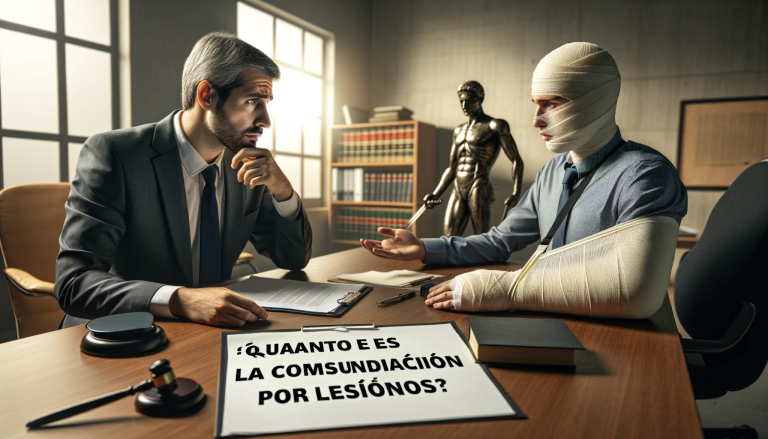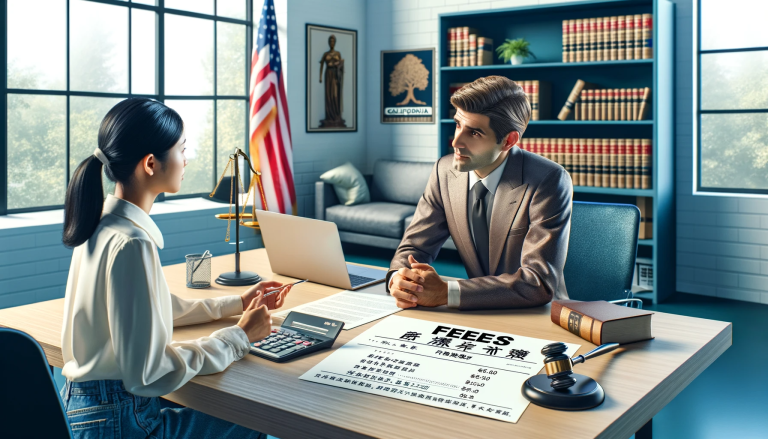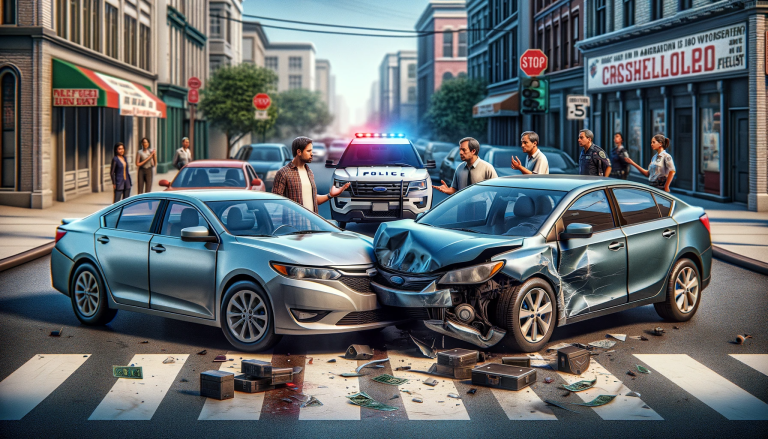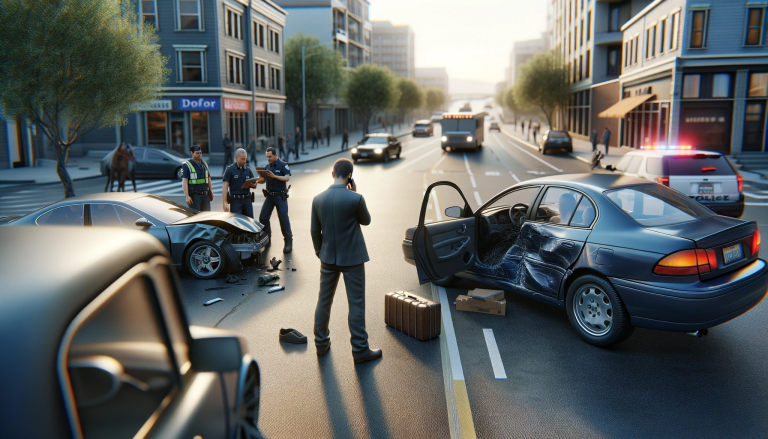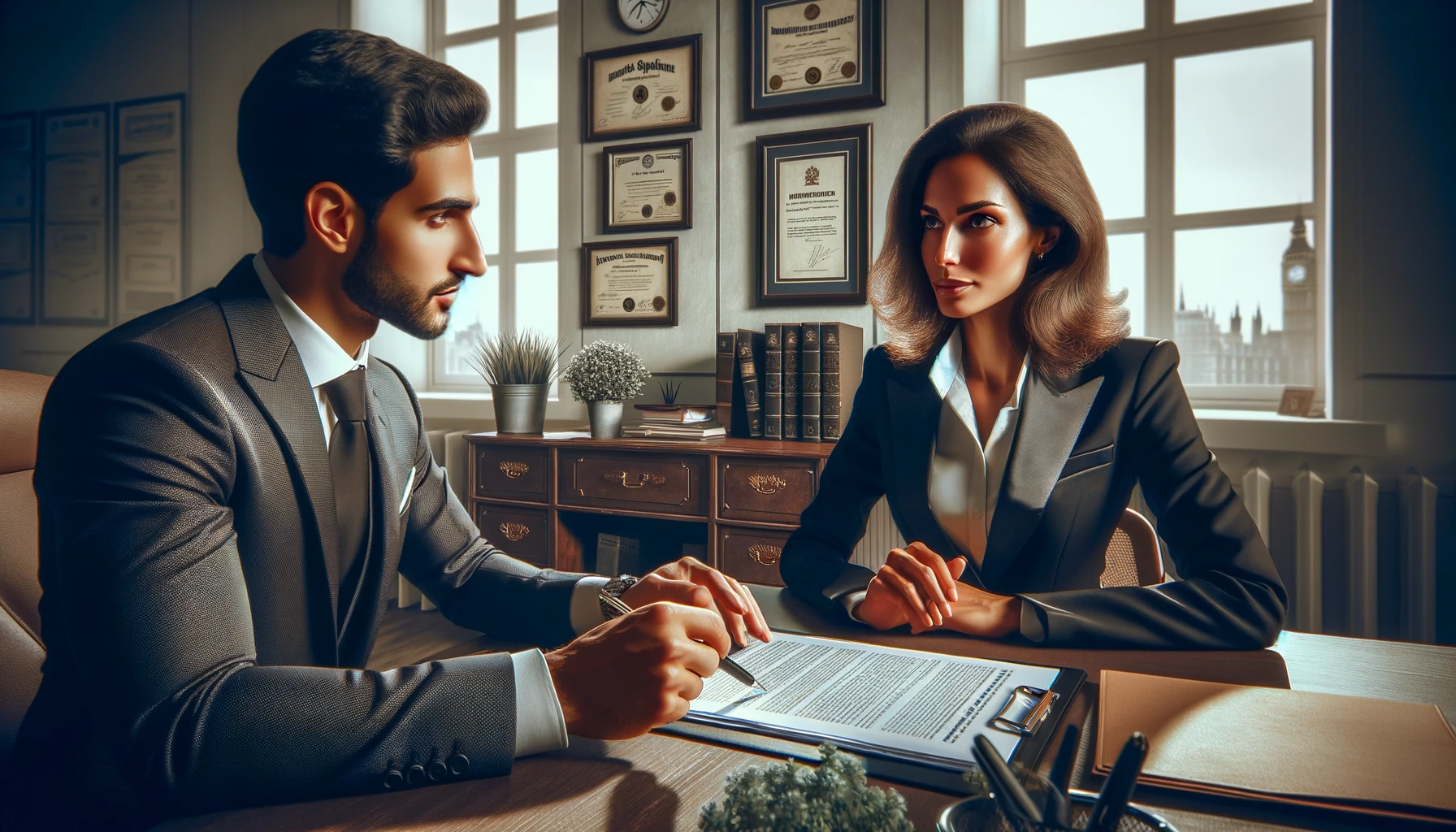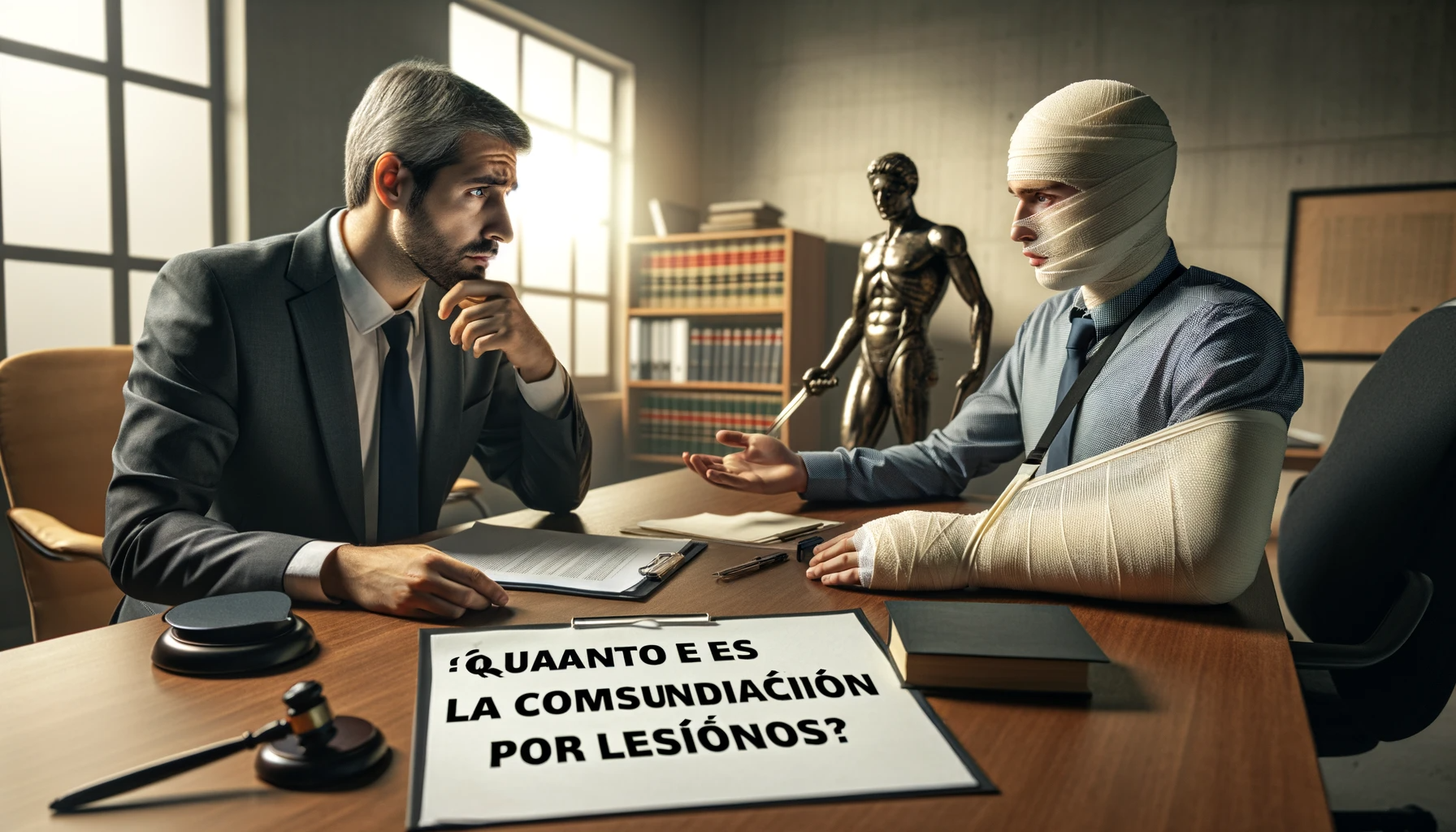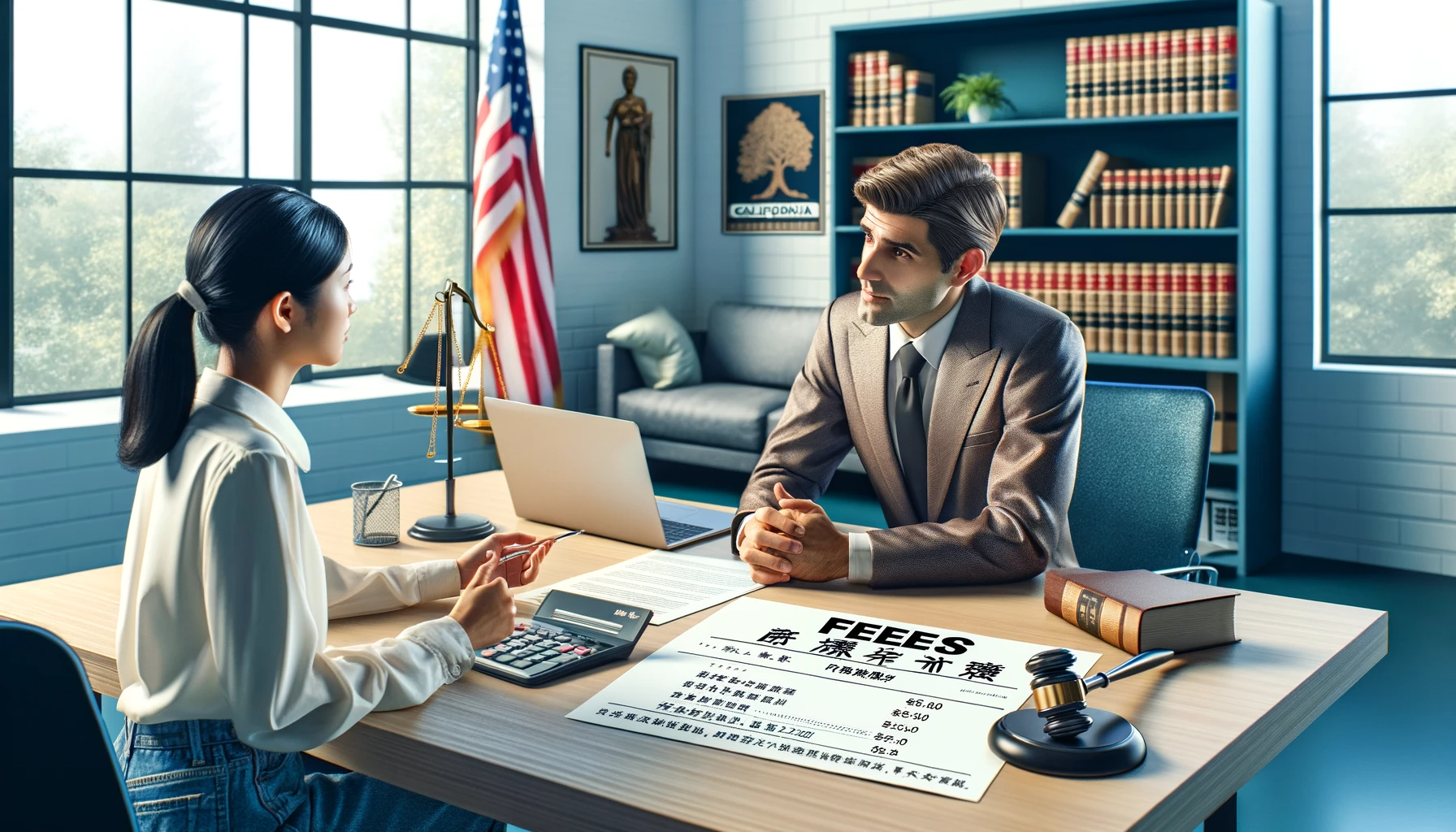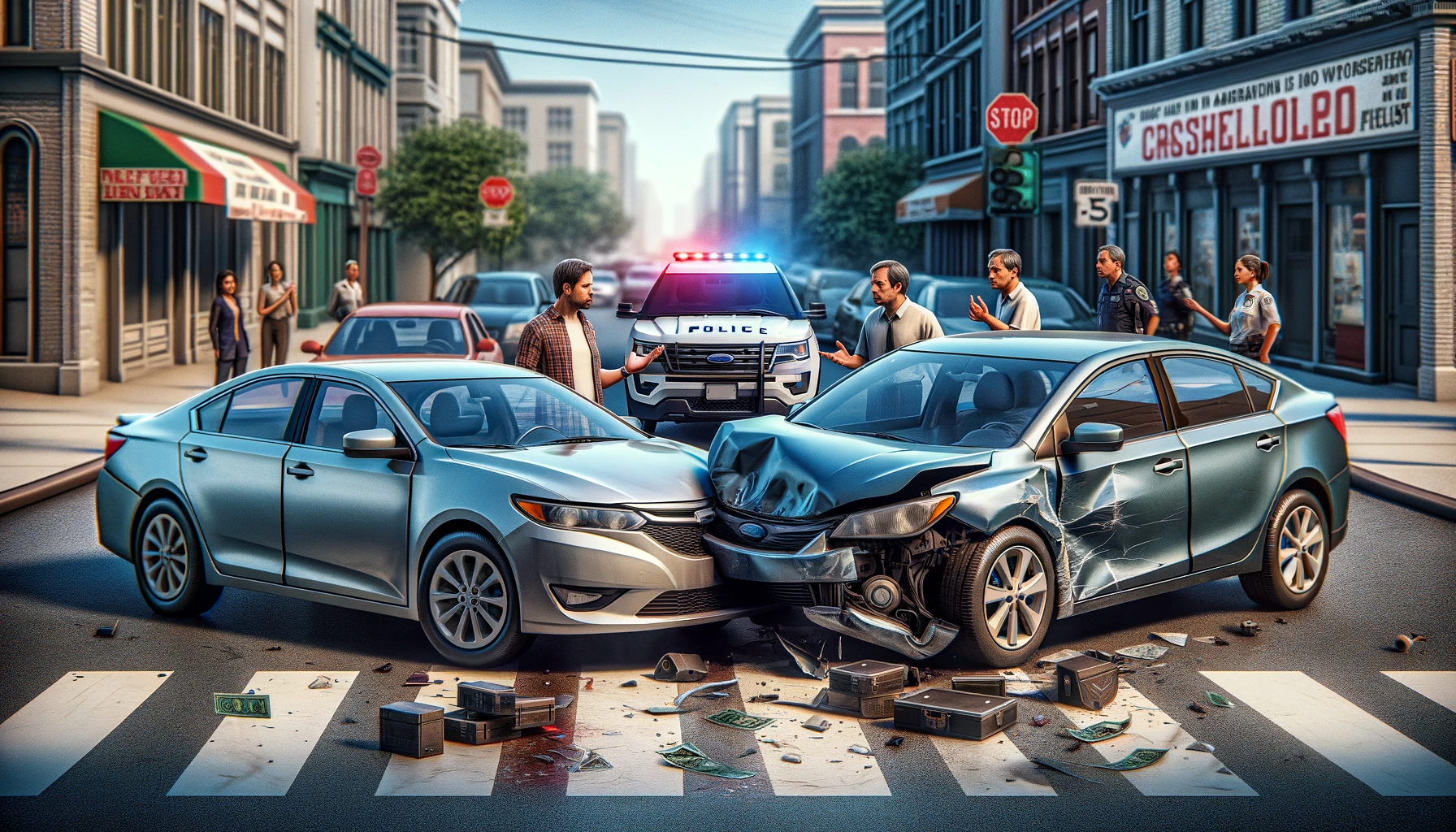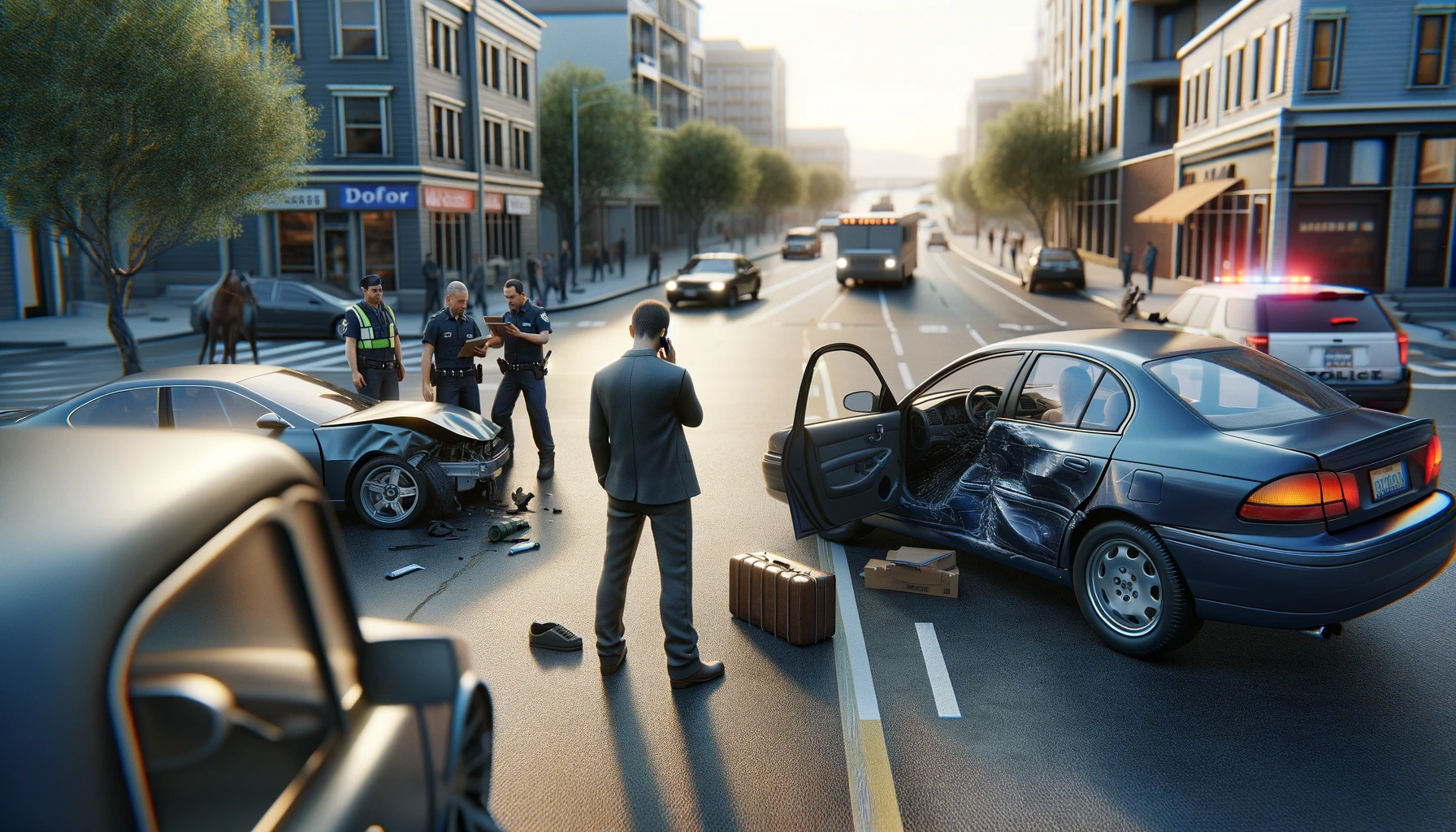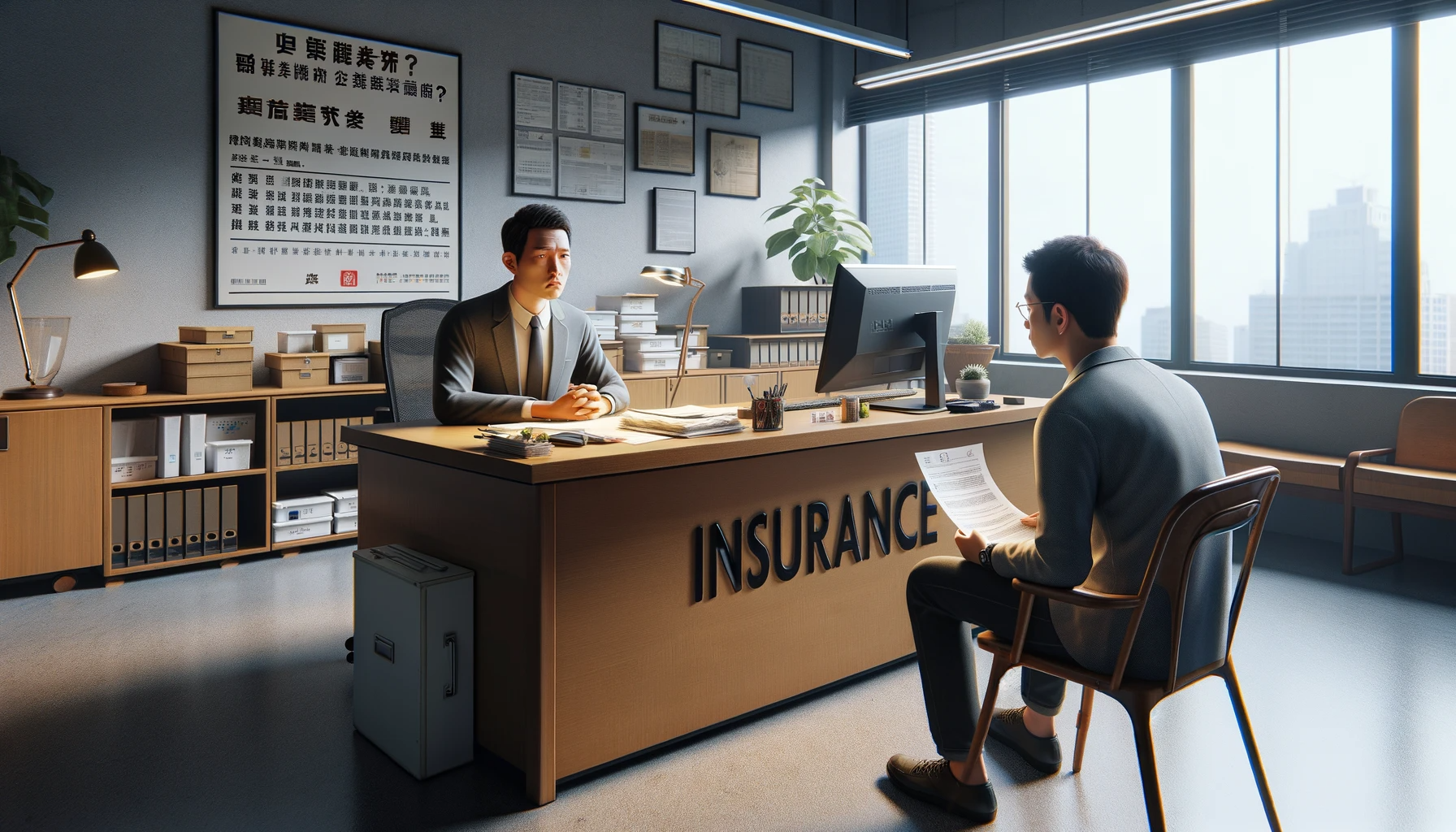Accidents on the road can be as perplexing as they are frightening. When a car accident occurs, one of the first and most critical steps is determining who is at fault. Car accident liability isn't just about pointing fingers; it's about understanding the intricate legal and insurance implications that follow. In this article, we'll delve into the various aspects of fault determination in traffic collisions and how motor vehicle accident responsibility is established.

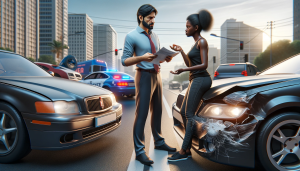
Legal Aspects of Car Accidents
When it comes to legal aspects of car accidents, the laws governing car accident fault determination can vary widely by jurisdiction. However, the concept of negligence is central to establishing fault. Negligence is a legal term that refers to the failure to exercise reasonable care, which results in damage or injury to another. In car accidents, a negligent driver is typically the one held liable for the damages caused.
Fault Determination in Traffic Collisions
Determining fault in a car crash is a process that involves looking at the actions of each driver and the circumstances surrounding the accident. Traffic accident liability rules often revolve around which driver breached their duty of care on the road. This could be due to speeding, ignoring traffic signals, or driving under the influence, among other infractions.The Process of a Car Accident Investigation
A thorough car accident investigation is crucial for proving liability in auto accidents. This process usually starts at the scene of the accident, where police gather evidence, take statements, and compile an official report. Photographs, surveillance footage, and witness accounts are all pivotal in piecing together what happened.Insurance Claims After Car Accidents
After an accident, drivers typically file insurance claims. The role of insurance companies is to assess the situation and determine the extent of their client's liability. The outcome of this assessment affects how much the insurance company will cover for damages. Determining negligence in car accidents is therefore not only a legal concern but also a financial one.Multi-Vehicle Accident Responsibility
In multi-vehicle accident responsibility, the complexity increases as each driver's actions must be evaluated to determine their share of fault. Sometimes, liability can be split among several parties, depending on the local laws governing such accidents.Car Accident Fault Assessment Tools
Modern technology has become an ally in assessing damage in car accidents. From skid mark analysis to the use of black box data recorders in vehicles, these tools help experts reconstruct the accident and determine liability. Professionals such as accident reconstruction experts may be called upon to provide their technical expertise.Personal Injury Claims from Car Accidents
Victims of car accidents may pursue personal injury claims to receive compensation for their injuries. This requires proving that the other driver was at fault and that their negligence led to the injuries sustained. Legal representation is often sought in these cases to navigate the complexities of the law.Driver Responsibility in Car Accidents
At the heart of car accident liability cases is the expectation that drivers will adhere to road safety rules. When a driver fails to uphold their driver responsibility in car accidents, they not only endanger themselves but others as well. Understanding and respecting these responsibilities is crucial for all drivers.
Preventing Car Crash Liability Issues
To prevent car crash liability issues, drivers should engage in safe driving practices and remain vigilant at all times. Being aware of the road traffic accident fault can help in avoiding situations that could lead to accidents and, consequently, legal and financial repercussions.Conclusion
Determining liability in a car accident is a multifaceted process that involves legal knowledge, careful investigation, and sometimes, complex negotiations. It's not just about who pays for damages; it's about ensuring that justice is served and that responsible driving is upheld. By understanding the nuances of liability in car accident cases, drivers can better navigate the aftermath of a collision and work towards safer roads for everyone.Look for an attorney who has the right legal resources for your legal needs.
Contact us here on the Warmuth Law website or through our hotline 888-517-9888.


